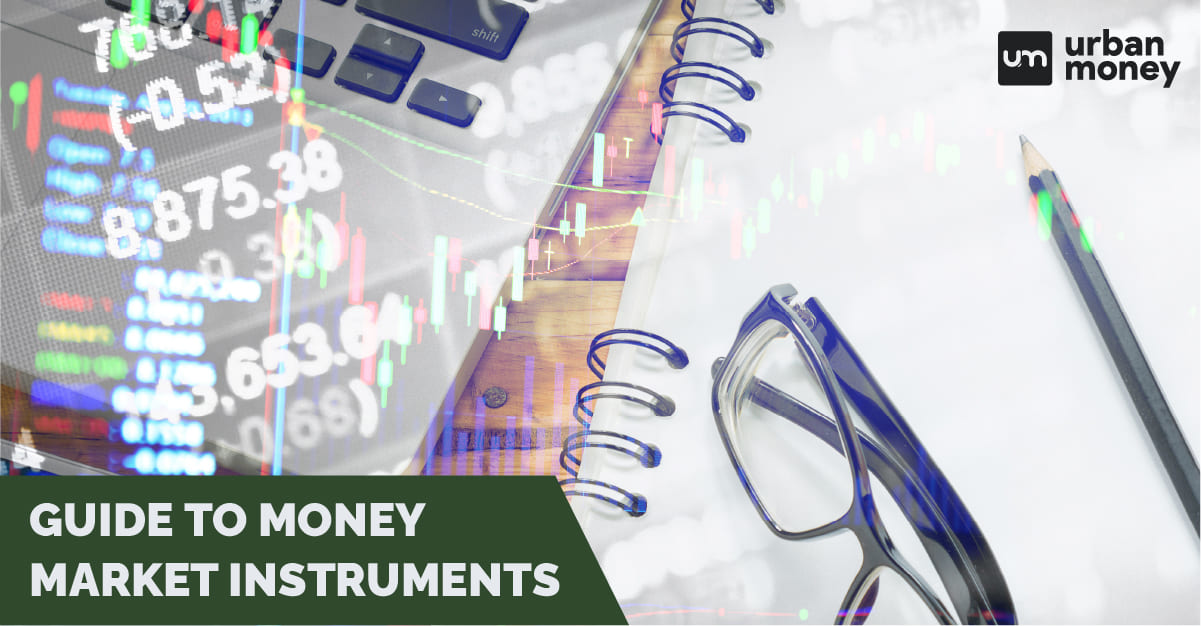Top 10 Best Private Banks in India List 2025
January 09, 2025
Mutual Funds Archive | Tax Saving Mutual Funds

December 27, 2022


Mutual funds are a great investment tool that pools your investment amount and invests it in various return-yielding schemes. Tax-saving mutual funds let you enjoy tax benefits under Section 80C of the Income Tax Act. These funds are also known as Equity Linked Savings Scheme (ELSS).
Table of Contents
ToggleTax-Saving Mutual Funds or Equity-Linked Savings Scheme are comparable to other mutual fund schemes but have the extra tax benefit. Under Section 80C of the Income Tax Act of 1961, these funds assist investors, individuals and HUFs, in reducing their tax obligations. The maximum tax deduction for ELSS investments is INR 1.5 lakh.
Mutual funds that save on taxes frequently invest in the market for growth-oriented stocks. As a result, investors can potentially earn good returns and contribute to the long-term creation of wealth.
Many platforms offer various mutual funds tax-saver schemes. One should do complete research before investing in a scheme. We have compiled a list of the top tax-saving mutual funds to make things easy. They are:
| Scheme Name | Crisil Rank | AuM (Cr) | NAV | 52W High | 52W Low |
| Franklin India Taxshield Fund – Direct – Growth | 3 | 5096.03 | 1020.6525 | 1031.3725 | 813.3254 |
| HDFC Tax Saver Fund – Direct Plan – Growth | 4 | 10353.90 | 888.217 | 901.16 | 710.023 |
| HDFC Tax Saver Fund – Growth | 5 | 10353.90 | 835.679 | 848.052 | 671.204 |
| ICICI Prudential Long Term Equity Fund (Tax Saving) – Direct Plan – Growth | 3 | 10563.71 | 676.94 | 688.69 | 560.98 |
| ICICI Prudential Long Term Equity Fund (Tax Saving) – Growth | 3 | 10563.71 | 619.75 | 630.69 | 515.45 |
| Sundaram Tax Saving Fund – Direct Plan – Growth | 3 | 997.49 | 368.3277 | 372.6509 | 302.0102 |
| Sundaram Tax Saving Fund – Growth | 4 | 997.49 | 349.4676 | 353.5753 | 287.3965 |
| Quant Tax Plan – Direct Plan – Growth | 5 | 2327.41 | 278.3509 | 282.4754 | 209.7141 |
| SBI Long Term Equity Fund – Direct Plan – Growth | 4 | 12091.59 | 259.819 | 262.6042 | 206.8211 |
| Quant Tax Plan – Growth | 5 | 2327.41 | 256.1832 | 259.9912 | 194.5044 |
| SBI Long Term Equity Fund – Regular Plan – Growth | 4 | 12091.59 | 244.6844 | 247.3122 | 195.3431 |
| UTI Master Equity Plan Unit Scheme | – | 2322.13 | 164.9247 | 168.0693 | 136.9272 |
| UTI Master Equity Plan Unit Scheme | – | 2482.08 | 164.9247 | 168.0693 | 136.9272 |
| UTI Long Term Equity Fund (Tax Saving) – Direct Plan – Growth | 3 | 3014.94 | 158.5505 | 166.9859 | 131.4503 |
| UTI Long Term Equity Fund (Tax Saving) – Growth | 3 | 3014.94 | 145.4193 | 154.5549 | 121.1805 |
| Canara Robeco Equity Tax Saver Fund – Direct Plan – Growth | 4 | 4582.95 | 129.81 | 132.06 | 106.83 |
| Taurus Taxshield – Direct Plan – Growth | 2 | 64.12 | 129 | 130.3 | 107.21 |
| Taurus Taxshield – Growth | 2 | 64.12 | 120.33 | 121.54 | 100.32 |
| SBI Tax Advantage Fund – Series III – Regular Plan – Growth | – | 31.44 | 63.6732 | 64.936 | 52.737 |
| Baroda BNP Paribas Fund – Regular Plan – Growth | 2 | 703.79 | 59.7513 | 62.741 | 50.4991 |
| HSBC Tax Saver Equity Fund – Growth | 2 | 199.29 | 58.1281 | 60.3622 | 47.9136 |
Tax-saver mutual funds pool money from several investors and invest it mainly in the stock market. When the fund’s portfolio corpus is invested in the equity market, it is done so in a balanced manner that, even if one investment loses money, the other can offset the loss. There is a three-year lock-in period during which you cannot withdraw your money from tax-saving mutual funds like ELSS. The lock-in period for each instalment when investing in mutual funds through a SIP is three years.
For instance, the breakdown of an investment in a specific fund can resemble:
| Industry | Percentage Invested |
| Automotive industry | 6.56% |
| Banks | 17.56% |
| Durables for consumers | 5.34% |
| Non-durable consumer goods | 5.66% |
| Power | 5.92% |
| Technology | 8.93% |
| Medicinal products | 9.99% |
The above table illustrates the average allocation of a mutual fund’s assets among market securities. This indicates that the automobile industry will receive 6.56% of the investment, banks will receive 17.56%, and so on. If you pay your first SIP instalment on June 1, 2022, and your second instalment on July 1, 2022, respectively, the first instalment will be locked until June 2025, and the second instalment will be closed until July 1, 2025.
You can only redeem mutual fund units that have passed their lock-in term when redeeming them. The current NAV can be used to redeem them.
You must remember the following when evaluating the best ELSS mutual funds.
For the aim of investing, fund houses that have consistently outperformed over a long time horizon, let’s say over five years, should be considered. The fund is said to have produced higher returns if it exceeds its benchmark. Before deciding on the best mutual funds, remember that a fund’s performance is based on the calibre and performance of the stocks it holds.
Simply comparing the return of the relevant fund to its benchmark is insufficient.
Additionally, one should assess how the fund has performed compared to its rivals. After carefully analysing the returns over an extended period, the investments should be made.
Professionals who manage ELSS commit their own time and money to maximise your return on investment. Their in-depth awareness of the industry and market expertise aids them in determining which equities should be included in the fund.
The expense ratio reveals how much money is spent on fund management. If the fund informs a lower expense ratio, you walk home with a pocket full of cash and vice versa.
Portfolio turnover is the rate at which the fund manager buys and sells stocks within the portfolio. The fund manager will ultimately be in charge of the funds, so it is up to him to decide when to enter or exit the market. A small turnover of his holdings suggests that he is neither joining nor exiting the markets. Conversely, a high turnover shows that the portfolio has seen too many changes.
The tax-saving mutual funds category includes two different types of plans. The first is a dividend plan, while the second is a growth plan. The growth schemes produce a long-term capital appreciation for the investors that can be redeemed at the end of the maturity period, in contrast to the dividend schemes, which allow investors to receive additional income in the form of dividends declared by the relevant fund house from time to time depending on the availability of the distributable surplus. The dividends can be withdrawn or reinvested in the fund and will qualify for tax benefits. They are also not subject to taxes or lock-in periods. For the ELSS growth plans, there are no such provisions.
The features of tax-saving mutual funds are:
Apart from the tax benefits, the investors enjoy the following benefits by investing in tax saver mutual funds:
A comparison table has been drawn to understand the fundamental differences between the tax-saving mutual funds or ELSS, Public Provident Fund (PPF) and Fixed Deposit (FD).
| Basis | ELSS | PPF | FD |
| Investment Eligibility | Any individual taxpayer including NRIs | Resident Indian individuals | Any individual taxpayer including NRIs and HUF |
| Investment Amount | INR 500 up to no limit | INR 500 up to INR 1.5 lakh | INR 100 to up to INR 1.5 lakh |
| Lock-in-Period | 3 years | 15 years | five years |
| Tax on Returns | Tax-free | Tax-free | Taxable |
| Expected Returns | 10% to 15% (market-related) | No return | No return |
| Investment Option | Medium to long term | Long term | Medium to long term |
| Loan Facility | Partial loan after completion of 3 years | Loan available after completion of 3 years | No loan available |
| Risk Factor | Risk associated | No risk | No risk |
| Tax Saving Benefit | INR 1.5 lakh as specified under Section 80C of Income Tax Act, 1961 | INR 1.5 lakh as specified under Section 80C of Income Tax Act, 1961 | INR 1.5 lakh as specified under Section 80C of Income Tax Act, 1961 |
| Related Resource |
| Best Mutual Funds in India |
Quant tax plan direct growth is the best mutual fund for tax saving.
Yes, tax can be saved in a mutual fund. One can apply for tax-saver mutual funds to save tax up to INR 1.5 lakhs.
You can pay for your SIP every month.
Various platforms allow you to invest in ELSS mutual funds online. Urban Money is one website through which you can watch your money grow while sitting comfortably at home.
The formula to calculate Net Asset Value (NAV) is - Total Asset Value / Total units issued
There is no limit on the maximum amount invested in tax-saving mutual funds.








© 2025 www.urbanmoney.com. All rights reserved.

Need Loan Assistance?

Thank you for showing your interest. Our agent will get in touch with you soon.


















